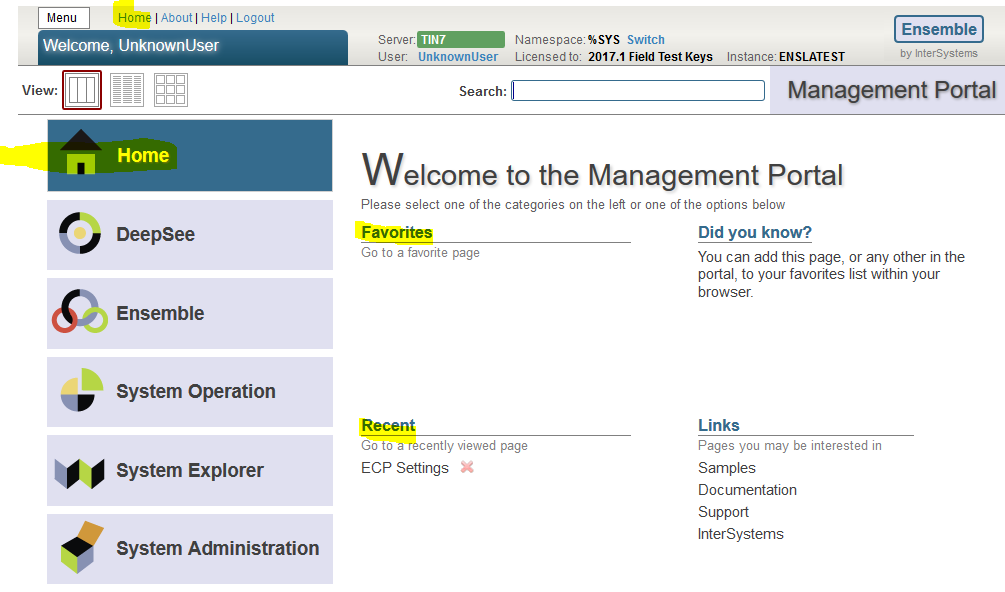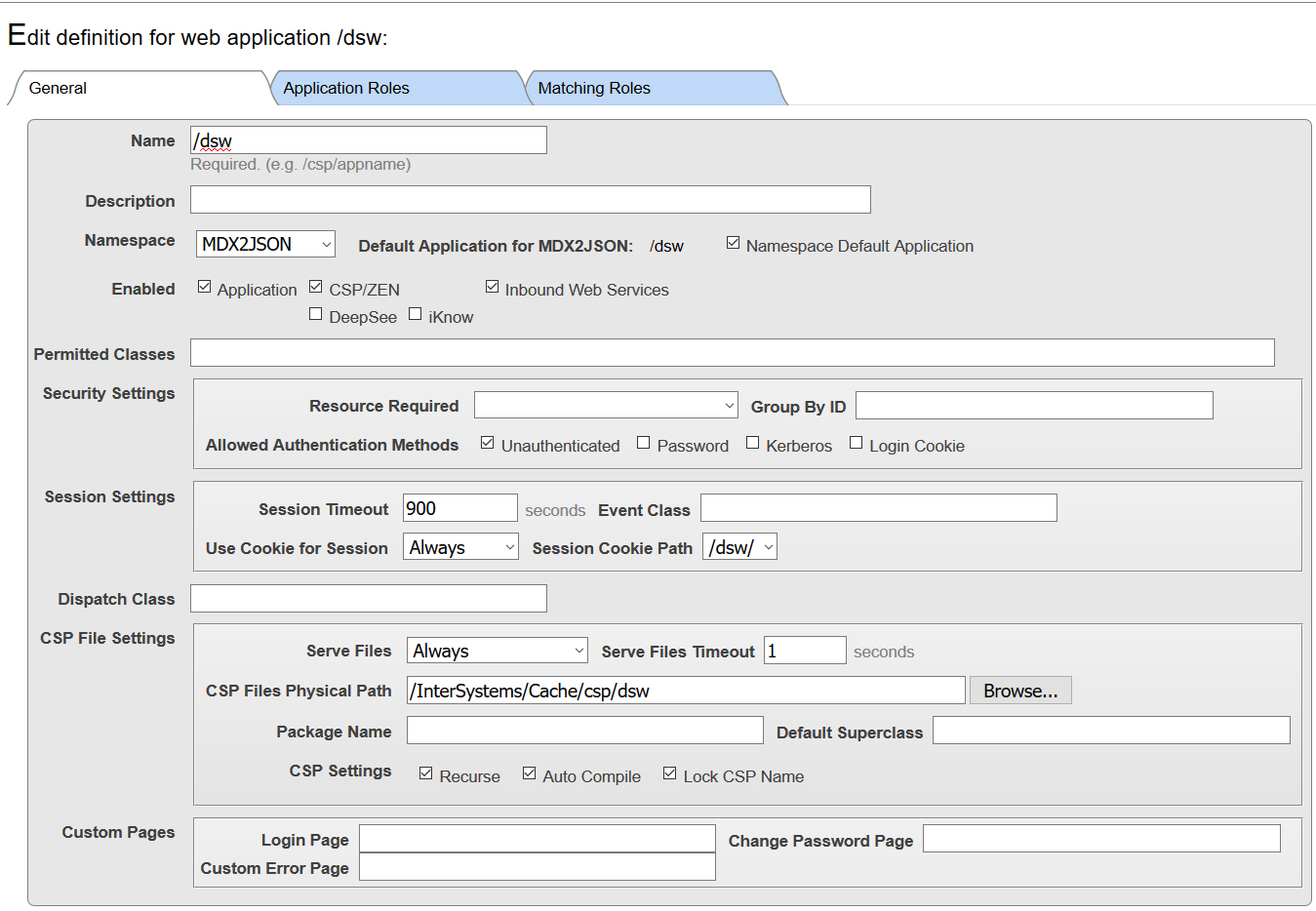Amongst the large fonts and chunky icons of Portal's pages, the Menu button in the top left corner is easily overlooked:

When clicked, it often produces the following menu:
When I remember it's there, I find the "View Console Log" option particularly handy.
I wrote "often" above because I've also noticed that the Menu contents change when I'm on a page within the Ensemble section of Portal:



